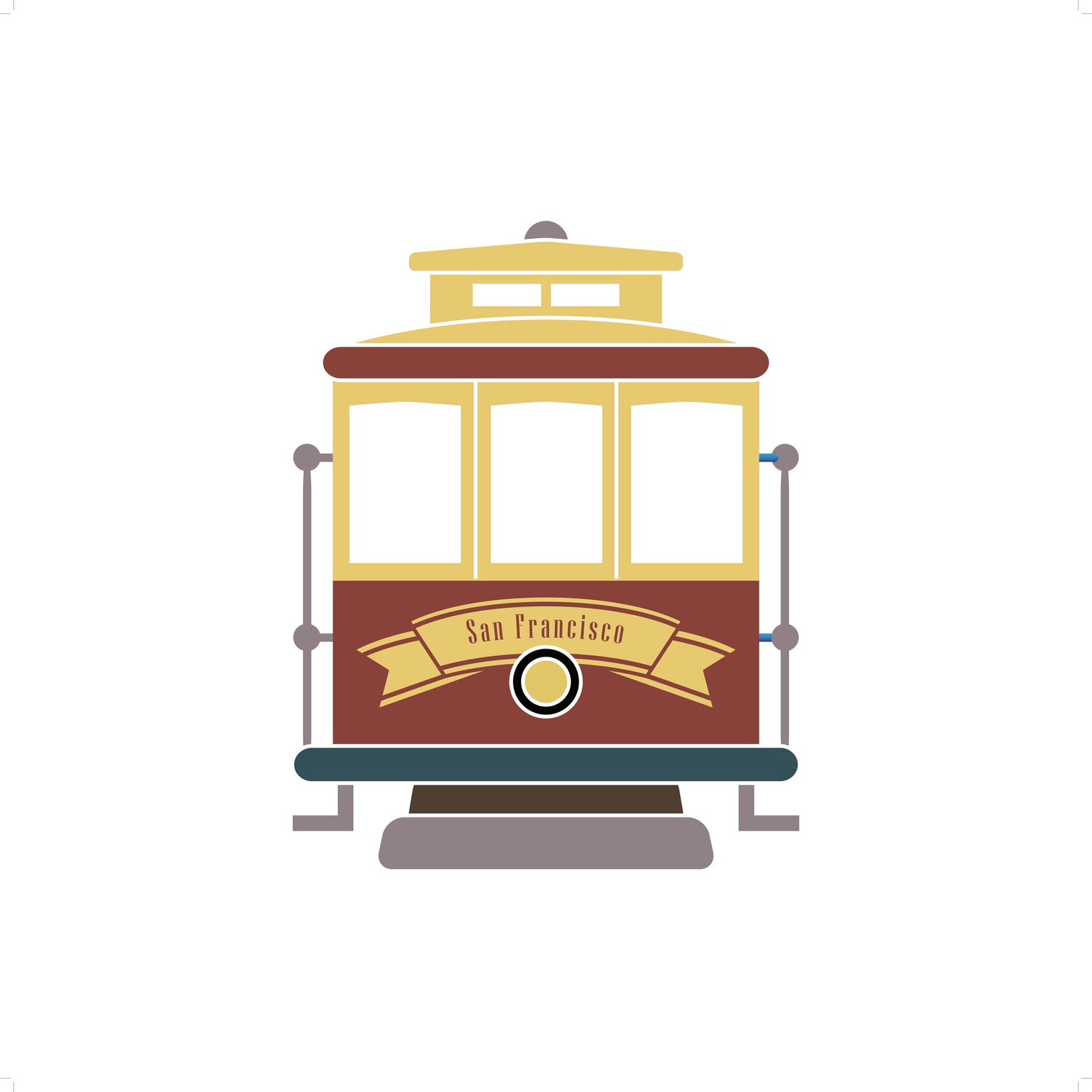Before the Midwinter: part 6
U.S. Diplomatic Minister Charles Egbert De Long (1832-1876)
Hallidie was pleased with how the ’69 fair turned out but still stewed about how the Mechanics’ Institute could best capitalize on the escalating trade network with Asia. In 1871, a juicy opportunity would arise. His friend Horace Dunn had meanwhile become Assistant to the Consul of Japan, Charles Wolcott Brooks. Dunn and Brooks had a lot in common, both fascinated by Japan and interested in developing commercial trade.[i] Dunn, over the past two years had used the Pacific Mail Steamship Company’s service to travel frequently throughout Asia and was growing his network of contacts with Asian businesspeople.
As Dunn was on his way to Yokohama to meet with the U.S. Diplomatic Minister Charles De Long, Hallidie asked him to invite the Japanese Government and the region’s principal merchants to participate in the upcoming fair and have them send them a full exhibit of its raw and manufactured goods. Dunn was also tasked with alerting Japan to California goods available for import that could be had more cheaply than those from Europe.
Hallidie also put in a word with Dr. Daniel MacGowan, a missionary and hospital organizer in Ningpo, China to connect with business leaders and merchants there. MacGowan had been in and out of China and Japan since 1843.[ii] He had returned to the States to serve as a surgeon for the Union in the Civil War, and then spent the later 1860’s bouncing around China, Japan, the States, and Europe on a mission to bring telegraphic technology to China.[iii] As Hallidie was then the principal manufacturer of telegraph cables in the Western states, it is likely the two men had a cordial relationship.
The Japanese Are Coming
In May of 1871, Hallidie received positive news from Horace Dunn. He wrote that the Japanese Government was warm to participating in the fair and the local merchants were eager to send stock worth tens of thousands of dollars. “Judging from the quality of the wares exhibited by these parties and the anxiety to obtain information regarding the Industrial Exhibition, I judge that the display if made by them would for beauty and value far eclipse any yet made in the US if not in Europe.”[iv] Dunn warned Hallidie that some of the merchants were sending over $30,000 worth of stock and to be prepared because some of the articles were very large.[v]
In response, Hallidie enlarged the Union Square Pavilion by 20,000 feet; so now the building was approximately 100,000 square feet. He opened up the south wing’s ceiling and roofed it over with canvas so to as to permit the flourishing of a giant garden. The Japanese exhibit was to occupy its own wing at the extreme west end of the Pavilion.[vi] The Pacific Mail Steamship Company had again “liberally offered to carry the articles to be exhibited from Japan and China free of charge.”[vii] It was also hoped that the resident Japanese and Chinese merchants would “lend a helping hand” to ensure that the event was a success.[viii]
In mid-July, Horace Dunn returned triumphantly from Japan with over 50 tons of goods.[ix] It would take four weeks to properly arrange the material for exhibit. Dunn also brought with him nine Commissioners headed by Junjiro Hosokawa from the Japanese Department of Agriculture.
Junjiro Hosokawa, Commissioner of Agriculture in Japan. Image courtesy of Wikimedia Commons.
The fair opened at noon on August 8, 1871 with a festive musical performance by Schmidt & Schlott’s band and a group of public school children. Afterwards, with Junjiro Hosokawa and the other “Special Commissioners” from Japan by his side, Andrew Smith Hallidie delivered an impassioned speech, that foretold a time when California “will not only be able to sustain herself, but able also to supply other nations with the substantial results of her skill and manufacturing ability.”[x] Pausing to spread his arms wide, he said, “Looking around us, in this edifice filled with the suggestion of peaceful industry with the products of man’s ever-restless brain, it would seem that “man’s inhumanity to man” [sic] was forgotten in that higher hope of peace on earth and good-will...California possesses the key to the trade of the Pacific, which nothing but blind stupidity can lose to her....A broad, liberal and conscientious line of conduct, honesty of thought and action to all alike without distinction of color or race, are essential to our prosperity as a community of a people.”[xi]
…
[i] Charles Wolcott Brooks would serve the Japanese government over 18 years, “six years as Commercial Agent and twelve years as Consul”. Charles Lanman, The Japanese in America, Longmans, London, 1872. Page 24-25.
[ii] Lane R. Earns, “The American Medical Presence in Nagasaki, 1858-1922”, Crossroads: a Journal of Nagasaki History and Culture, Autumn 1997. Available online at http://www.uwosh.edu/home_pages/faculty_staff/earns/home.html See also Marilyn Laura Bowman, James Legge and the Chinese Classics, FriesenPress, 2016.
[iii] “Projected Lines of Telegraph in the Celestial Empire”, Daily Alta California, July 15, 1866, page 2.
[iv] “Japan at the Mechanics’ Institute Fair”, San Francisco Bulletin, June 9, 1871. Includes reprinted letter from Dunn to Hallidie dated May 23, 1871.
[v] Ibid
[vi] Mechanics’ Institute, A Visitor’s Guide and a Catalogue of the Eighth Industrial Exhibition of the Mechanics’ Institute of San Francisco, August 1871, A. Bowman & Co., Page 225.
[vii] Andrew Smith Hallidie, “President’s Report for the quarter ending February 28, 1871” Minutes of the Board of Trustees of the Mechanics’ Institute, Volume 3, 1869-1874, page 191.
[viii] Ibid.
[ix] “The Mechanics’ Fair: Fifth Evening”, Daily Alta California, Volume 23, Number 7813, 13 August 1871, Page 1
[x] Mechanics’ Institute, Report of the Eighth Industrial Exhibition of the Mechanics’ Institute, Cosmopolitan Printing Company, 1872, page 24.
[xi] Ibid.



